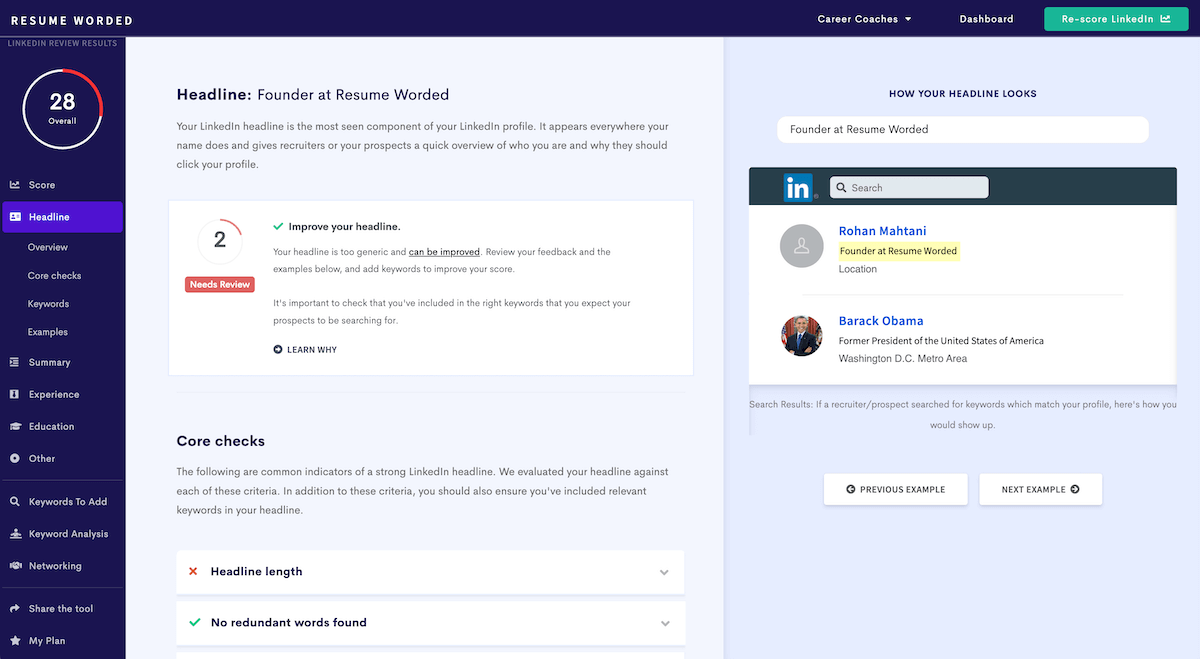In case you’re wondering — yes, sending a follow up email after an interview is still a thing! While the concept of a thank you note may seem outdated, the convention is still very much alive, and most hiring managers will expect one. But what exactly should you write? And how do you send the perfect note that does more than simply say thank you?
Why to follow up after an interview
Interview follow ups are often referred to as thank you notes, but that name is a little misleading. A follow up note should thank your interviewer(s) for their time, but that isn’t its only purpose. A good follow up can:
- Continue the conversation. This keeps the lines of communication open and shows that you were really listening to what the hiring manager had to say.
- Demonstrate your enthusiasm. Sending a thank you note shows that you’re still interested in the position after learning more about what it actually entails.
- Make you stand out. The number of applicants who send thoughtful follow ups is decreasing, and it shows thoughtfulness and attention to detail.
- Strengthen your candidacy. Following up on a specific point of discussion gives you a chance to demonstrate what you could bring to the role.
- Contain an important update. If you’ve received another offer, or if it’s been a while since the interview and you haven’t heard back, you can send a quick follow up to help move the process along.
A good follow up email should show that you were paying attention during the interview and that you’re still interested in the position.
What to write in your follow up email
1. Be specific
Follow up emails shouldn’t be perfunctory — if all you say is, “Thank you for meeting with me,” it appears less like you’ve made a genuine connection and more like you’re trying to cross a task off a to-do list. Take the time to think about what you discussed during the interview and reference one or two of the most important topics of discussion. Don’t just say that you’re excited about what the company is doing — mention exactly what project or initiative particularly excited you.
2. Be personal
Ideally, send the follow up directly to the person you interviewed with. If you need to, ask them for their email address during the interview. If you realize later you don’t have their contact details, you have a couple of good options:
- Look it up. If that doesn’t work, see if you can figure it out. Most companies use a standard naming convention for their email addresses, so if you know the correct format and your interviewer’s full name, it shouldn’t be hard to work out.
- Message them on LinkedIn. This might feel less personal than email, but it’s better than sending your message to a generic company email account.
3. Let the tone of the interview guide you
If it was a formal interview, you should use a formal tone in your follow up. If the interview was more casual, you can use a more conversational tone.
4. Build a relationship
When you’re writing a follow up, it’s best not to expect a response (unless you’ve asked a specific question, and sometimes even then). Instead, use it as a way to establish a professional relationship and ask to keep in touch.
Additional notes to keep in mind when writing follow up emails after interviews
- You can follow up via email or by connecting with the hiring manager on LinkedIn. There’s no need to send a handwritten note, which may not arrive until after a hiring decision has been made.
- You should send a follow up within a couple of days of the interview. But that doesn’t mean sooner is better — give it at least a few hours to show that you’ve had time to properly think about the conversation.
- If you interviewed with more than one person, sending an individual follow up to everyone makes a good impression. If you spoke with a lot of people and this isn’t feasible, stick with the hiring manager.
- Pay attention to detail! It’s important not to let any spelling or grammar mistakes slip through. Triple check your email and even have someone else look over it to make completely sure.
- Use a professional-sounding email address. [email protected] is fine; [email protected], not so much.
- There’s no need to send gifts or other gimmicks. A short, simple note is fine on its own.
If you’re looking for a little inspiration, scroll down for some word for word templates you can copy.
Continue reading...





